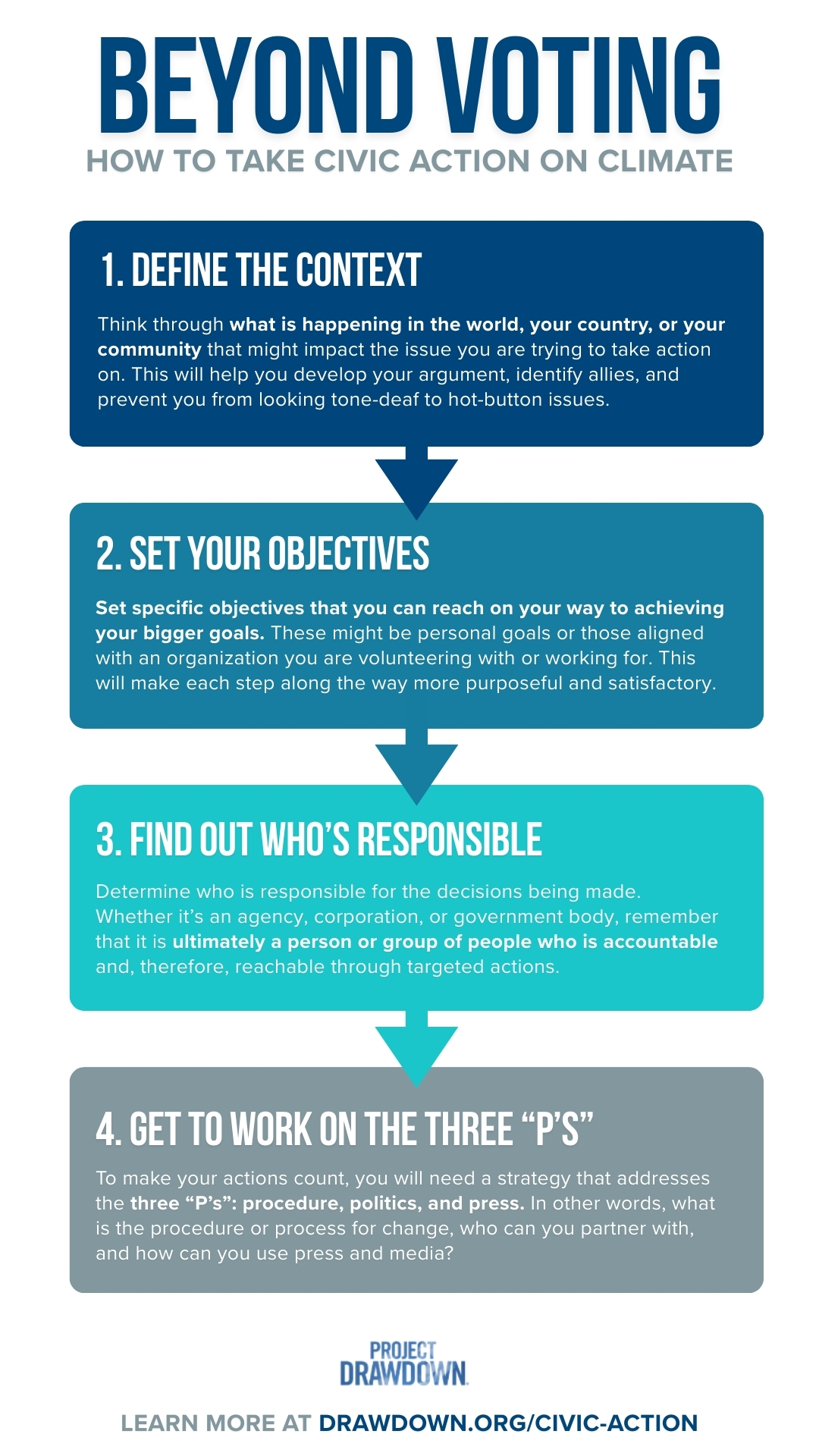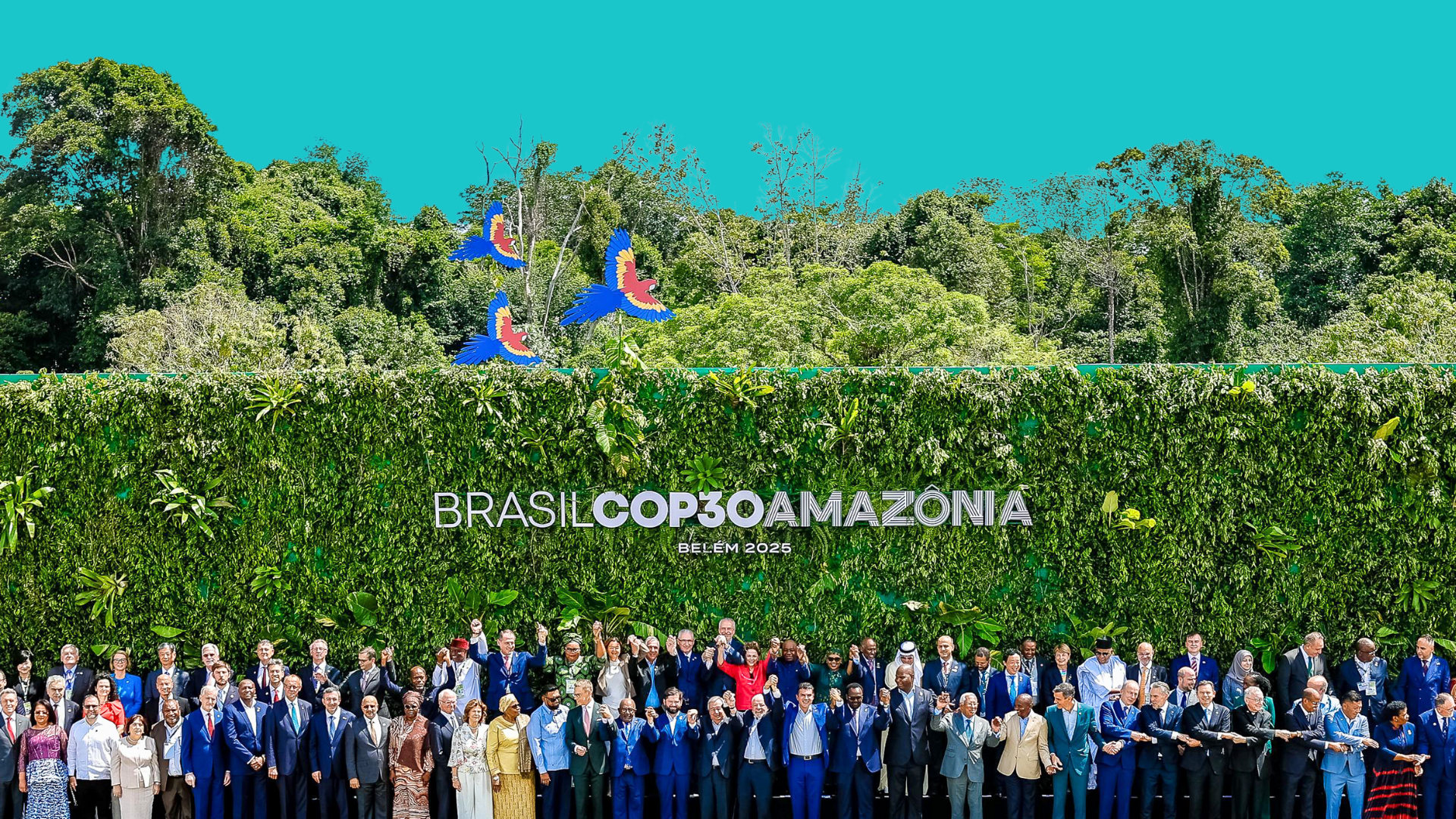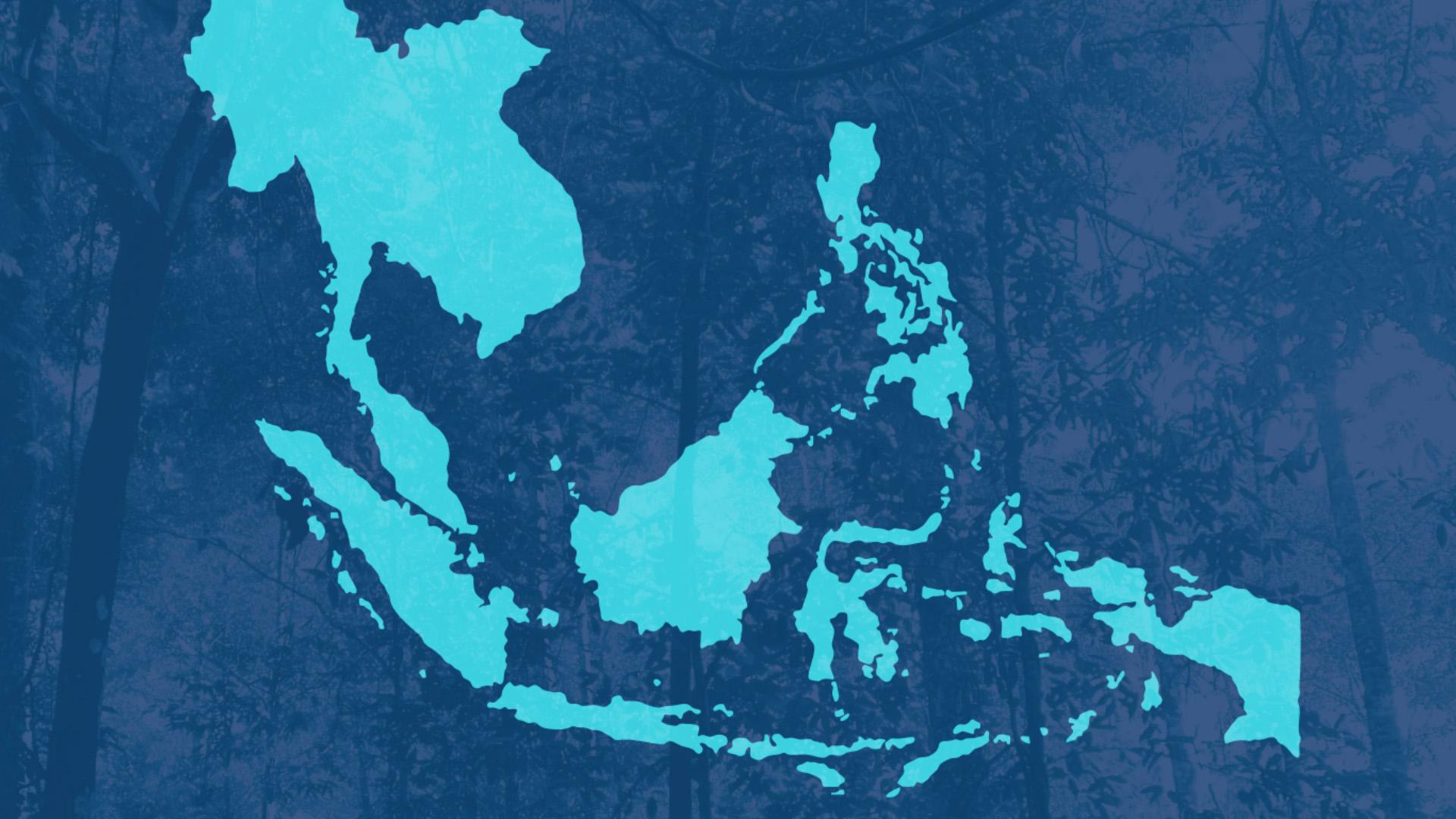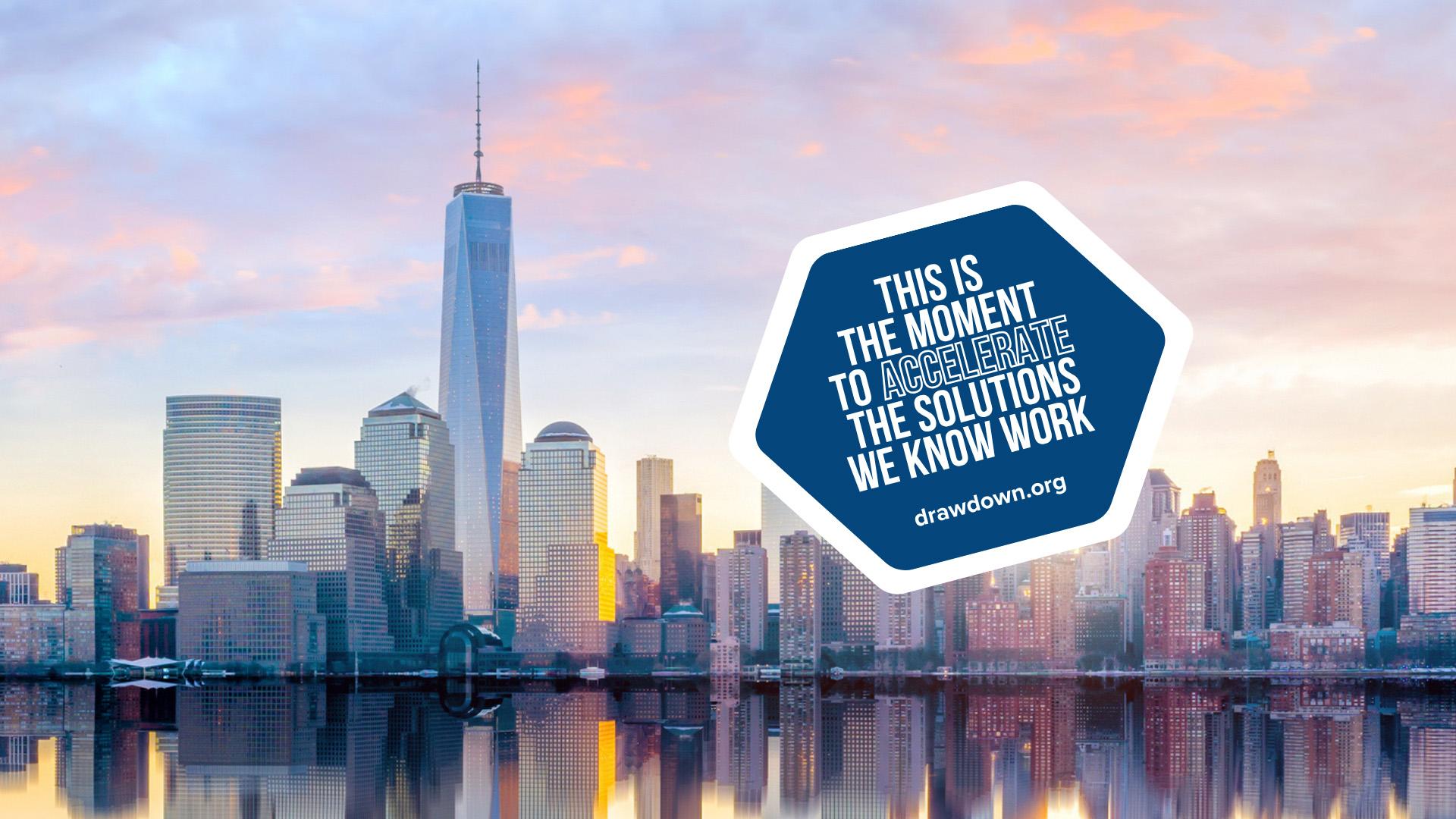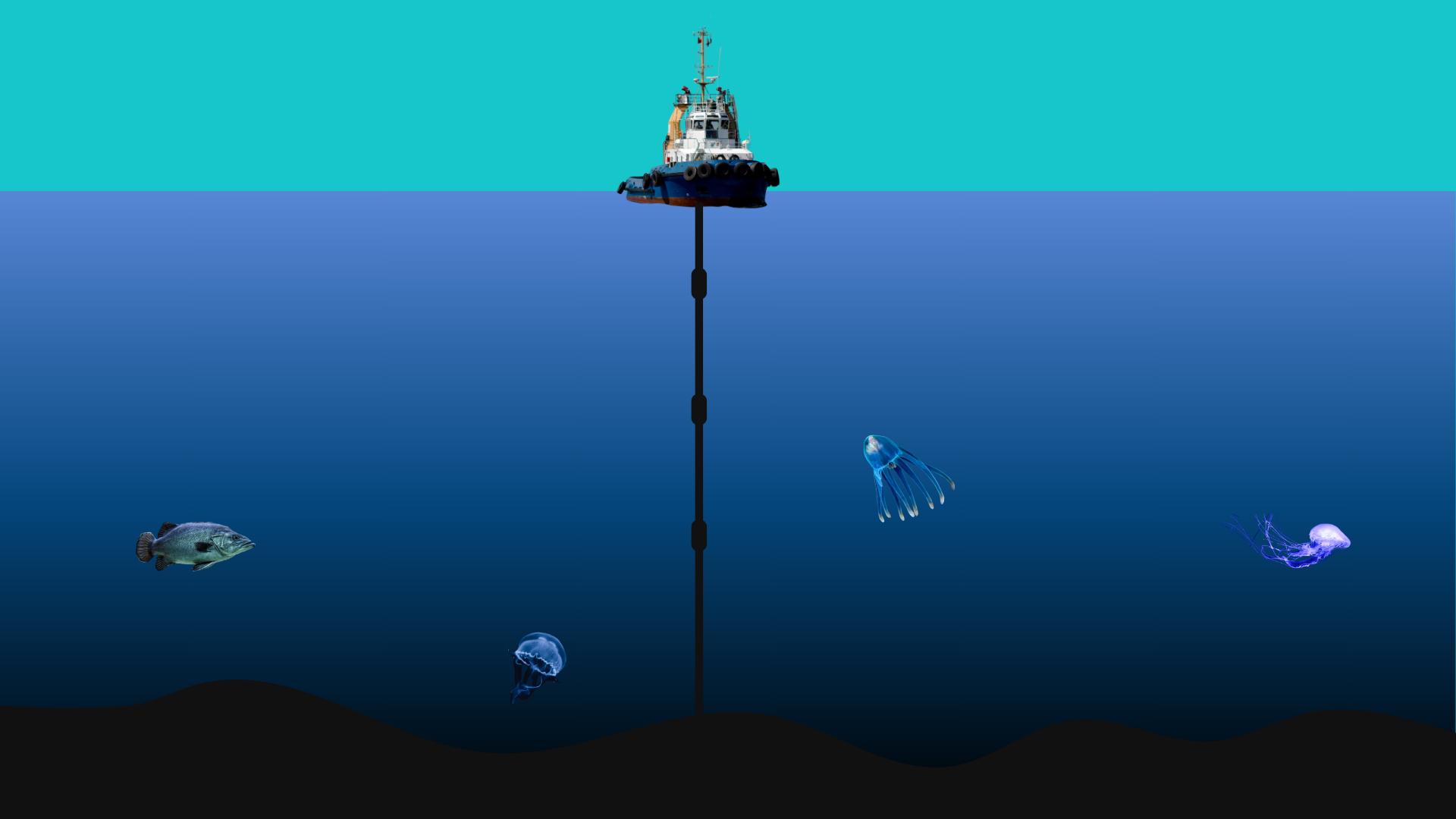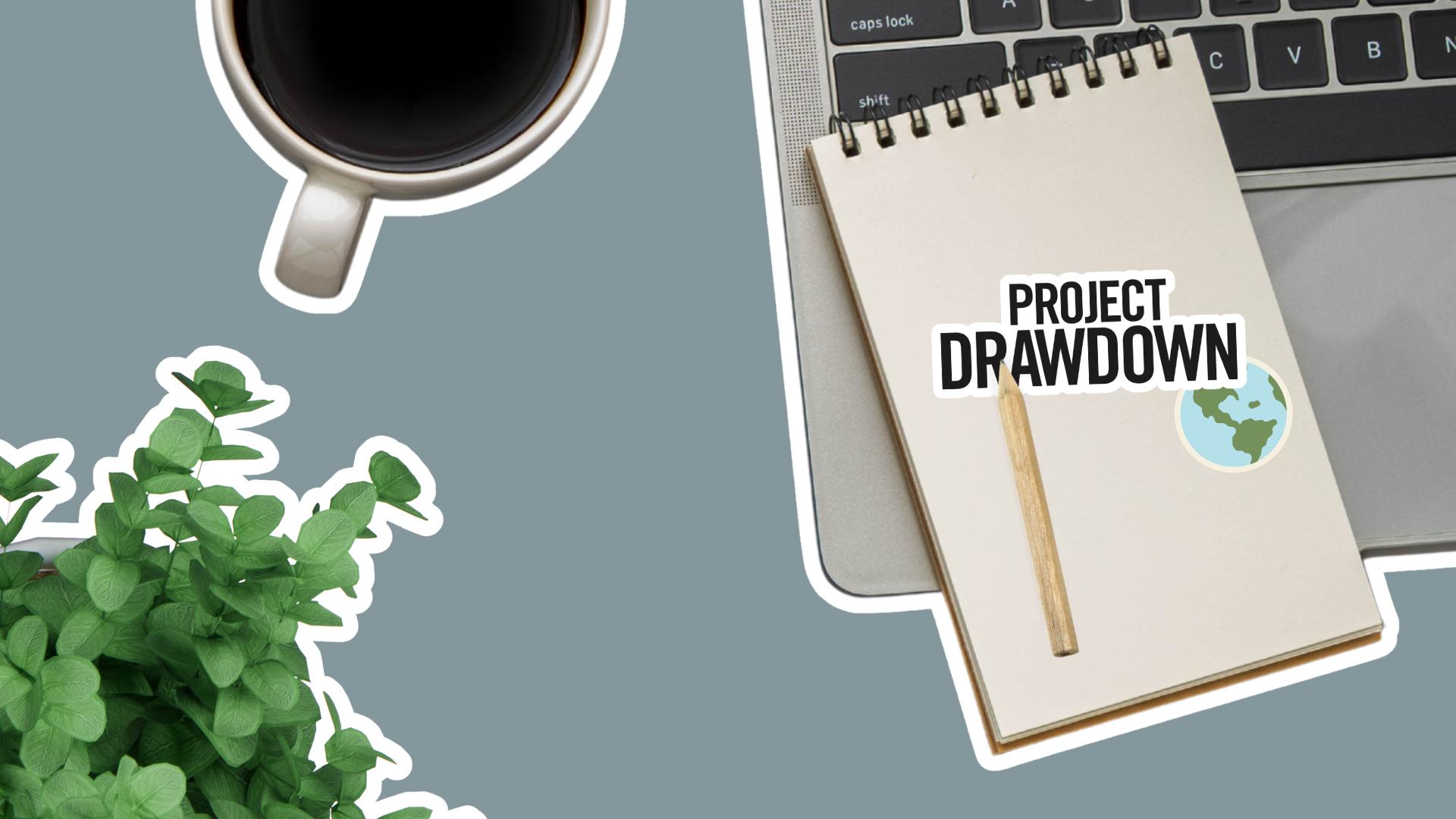Alexis de Tocqueville isn’t exactly a household name in the United States today, but it probably should be. An astute French statesman, Tocqueville visited the United States in the early 1830s and chronicled his travels in the political science classic Democracy in America. Among his most prominent observations was that civil society was thriving; participation in public affairs was a steadfast commitment. Indeed, Tocqueville saw this as the country’s greatest strength. In comparing the young country to one of that period’s foremost superpowers, he writes:
It often happens that the English execute very great things in isolation, whereas there is scarcely an undertaking so small that Americans do not unite for it. It is evident that the former consider association as a powerful means of action; but the latter seem to see in it the sole means they have of acting.
This description of American civil society sounds almost foreign today. In the 21st century, U.S. civic engagement is largely reduced to three acts: voting, posting on social media, and sporadically reacting to current events. In my own travels around the country, politics often come up unsolicited when I say I’m from Washington, D.C. Increasingly, I find that no matter their views, people say they have no one with whom they can talk civilly about civics.
Tocqueville warned about this exact type of disenfranchisement. He cautioned that the democratic experiment would begin to falter should civic participation be reduced solely to voting, writing:
It is vain to summon a people, which has been rendered so dependent on the central power, to choose from time to time the representatives of that power; this rare and brief exercise of their free choice, however important it may be, will not prevent them from gradually losing the faculties of thinking, feeling, and acting for themselves, and thus gradually falling below the level of humanity.
There are many reasons why the nature of community engagement has changed so much over the last two hundred years. But the lesson remains – democracy demands constant involvement. If we want to see progress on the issues we care about, we must see our involvement as essential to that progress.
Many people today don’t know where to begin, especially on immense issues like climate change. But make no mistake: There is a path to meaningful, impactful engagement. While it will look different for each of us, there are some basic concepts that everyone concerned about climate (and democracy) should know, namely, getting in the right mindset, knowing how to take action, and understanding ways to get involved.
The Right Mindset
It might sound trite, but adjusting our mindset is undoubtedly the first step in effective civic engagement. Recently, I’ve come to see that reminding people of their agency and power to effect change is, in some ways, more important than the specifics of how to engage. Understanding, internalizing, and integrating the following mindsets into your everyday life will open paths for change in your own community and beyond:
See yourself as an agent of change.
If you’re reading this and made it past the ponderings of a long-dead Frenchman, you are a particular type of person. You are part of a small group of people who are even willing to take action on issues like climate change. No matter your age, experience, or any other identity marker, you must start seeing yourself as not only capable of making an impact but as someone who is always and already having an impact. The question then transforms from “Can I make an impact?” to “What type of impact am I making, and is it aligned with my values?”
Commit yourself to always be learning.
Issues like climate change are complex, and climate policy adds another layer of complexity. But you don’t need to be an expert on everything to get engaged; you just need to commit yourself to always be learning about the science, policy, and how climate change impacts your community. As you learn more about your local, state, and national institutions, how they make policy, and how the public can influence the process, you’ll gain invaluable insights into how to make a difference.
Expand your definition of “civics.”
Most people probably think of voting, contacting their elected officials, writing letters, or protesting when picturing civic engagement. You must expand your definition of civics beyond just interacting with policymakers to include interacting with your community in general. In the real world, there is not always a clear distinction between personal, social, and civic engagements. The choices we make as individuals influence our friends, families, neighbors, and beyond; nothing we do exists purely in a vacuum, and therefore, everything we do shapes society and institutions.
Take the long view and be consistent.
Taking citizen action is like planting a seed – it’s a long game, requires consistent effort, and may take time to see results. I’ve volunteered for the same advocacy organization once a year for the past seven years. While it’s just one day a year, my consistency means I know the organization’s core issues better, coordinate with the team more effectively, and I’m often called on to train others or take the “tough” meetings with lawmakers. Consistency pays off no matter how much – or little – time you have to spare.
How to Take Action
While there are many ways to take action for the climate in your personal life, climate policy is failing globally, and understanding how to effect change at the institutional level has largely become a lost art, as Tocqueville predicted. To help give advocates who may feel at a loss on where to begin some direction on how to impact policy, I’ve developed the following guide.
Define the context
Start by thinking through the big things happening in the world, your country, or your community that might impact your issue. This might include elections, economics, infrastructure needs, or social unrest, among others. The list doesn’t need to be exhaustive, but just enough to give you a better view of how your issue fits into the wider world. This exercise will help you develop a more compelling argument, identify unlikely allies, and prevent you from looking “tone-deaf” to the hot-button issues of the day.
Keep in mind that defining the context is an ongoing task. In the world of 24-hour news cycles, the context changes quickly, and while you don’t have to be on top of every detail, just being aware of the broader developments can help you adjust your strategy as needed.
Set an objective
It’s good to aim high for policy goals such as aligning U.S. climate policies with the Paris Agreement or increasing climate finance for low- and middle-income countries. But it’s perhaps more important to set specific objectives you can achieve along the way. Even if you’re volunteering for an organization and following their lead, having personal goals – ideally aligned with theirs – will make you feel more purposeful with your actions and more satisfied with your victories.
Objectives will vary depending on the circumstances, but if you, like us, want to help the world become a better, more sustainable place, maybe the first step within reach is to move your college toward plant-based options, change local laws for the expansion of solar power, or get your employer to improve their climate impact. Examining the institutions, organizations, or communities you belong to and have agency within will help illuminate where you’re best positioned to make a difference.
Find out who’s responsible
Once you set your objective, the next step is determining who’s responsible for the decisions currently being made and directing your efforts toward them. Is it the dean? The mayor? A bureaucrat hidden in a dusty office? Remember, agencies, departments, businesses, and all other institutions are not sentient beings and do not make decisions. Whoever it is that is ultimately accountable, it is a person that you can reach.
When you’ve identified the “who,” and it comes time to take action, leave room for escalation. Generally, you should move from low-visibility, low-pressure tactics such as a meeting to higher-visibility, higher-pressure tactics like a public letter or demonstration, with time between escalations for public officials to change their position. One of the biggest mistakes I see is advocates starting in the middle, with a splashy sign-on letter or high-profile gathering. But this can cause trouble later on by straining relationships and undermining your aims. Furthermore, beginning with a minor engagement, such as a meeting, allows you to hear counterarguments and identify where to build your talking points or knowledge.
Get to work on the three “P’s”
The three “P’s” are a simple way to illustrate what is required to move issues and policy.
A procedural strategy is the institutional process – be it school budget, city council resolution, federal law, or some other pathway – by which the change you want can be made. Whatever the path, it’s important to understand the process you’re trying to engage with and the timing of key events, such as meetings, reviews, legislative calendars, and so on.
A political strategy should be thought of in the broadest possible sense and not in relation to partisan politics. This element is focused on building relationships with allies who are aligned with your goals and are willing to take action or voice support. This can range from starting a weekly call with like-minded friends to working with congressional caucuses, special interest groups, nonprofit organizations, and other potential allies.
A press strategy should also be thought of in the broadest sense. Today, a press strategy could encompass a wide range of activities, such as disciplined social media messaging, blogging, podcasting, writing op-eds in a local newspaper, or working with traditional media. Using all available options to inform the public is fundamental to building momentum and pressure for change.
Ways to Get Involved
Even after developing the right mindset and knowing how to take action, it can still be a challenge to find out exactly where to get involved – especially as a concerned citizen. Generally speaking, there are three ways that you can start putting these lessons into practice.
First, you can simply take action on your own. You don’t need an organizational affiliation, professional credentials, or permission from anyone to start advocating for climate action. You can simply begin showing up at town hall meetings, reaching out to your elected officials, writing letters to the editor of your local newspaper, or taking action in any number of ways. It’s a good idea to survey the landscape first to understand who else is working on the issue, what they’re saying, and if you can join their efforts. If you’re consistent, build relationships in good faith, and apply the above principles, you may find yourself as a go-to voice or central organizer for the issue over time.
Alternatively, you can become a volunteer. There are many nonprofits dedicated to worthy causes, and chances are there are some focused on issues you care about. Volunteering with organizations you align with and trust is an ideal way to begin advocating because you’ll have support and guidance. Professional associations, faith groups, or other networks you belong to may already have ongoing advocacy efforts, offering a good starting point for your involvement.
Lastly, you can make a career in climate advocacy. While it may not be for everyone, there are many opportunities to work for climate-focused organizations. No matter what your background or expertise, there is likely a climate organization that could benefit from your skillset. Fellowships, part-time positions, and internships offer a way to explore the field before committing or without making a full career transition.
While probably discussed differently, the above concepts were commonplace among American citizens in the 19th century. Today, things are more complex – both with regard to our institutions and climate change. Therefore, spelling them out is necessary to understand where to begin and how to engage effectively. As Tocqueville wrote, “nothing is more wonderful than the art of being free, but nothing is harder to learn than how to use that freedom.” Whatever your goals, these mindsets and principles will give your actions direction and purpose.
Dan Jasper is a policy advisor at Project Drawdown with a multidisciplinary background in public policy at the intersection of climate change and poverty alleviation.
This work was published under a Creative Commons CC BY-NC-ND 4.0 license. You are welcome to republish it following the license terms.
Editor's Note: Register here for Dan's upcoming Drawdown Ignite webinar, where he will be presenting live from COP29 in Baku, Azerbaijan, to discuss the future of both U.S. and international climate policy.



